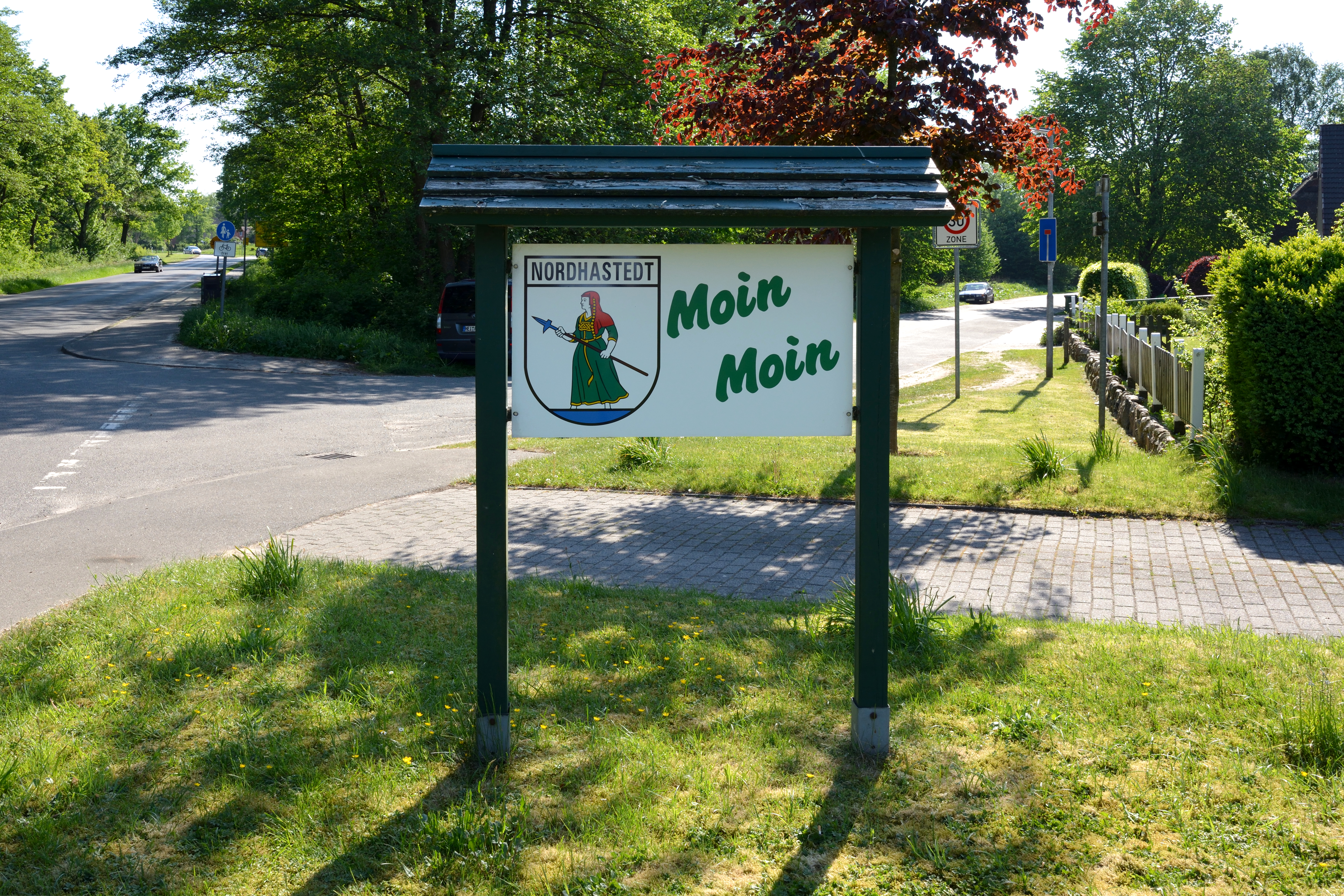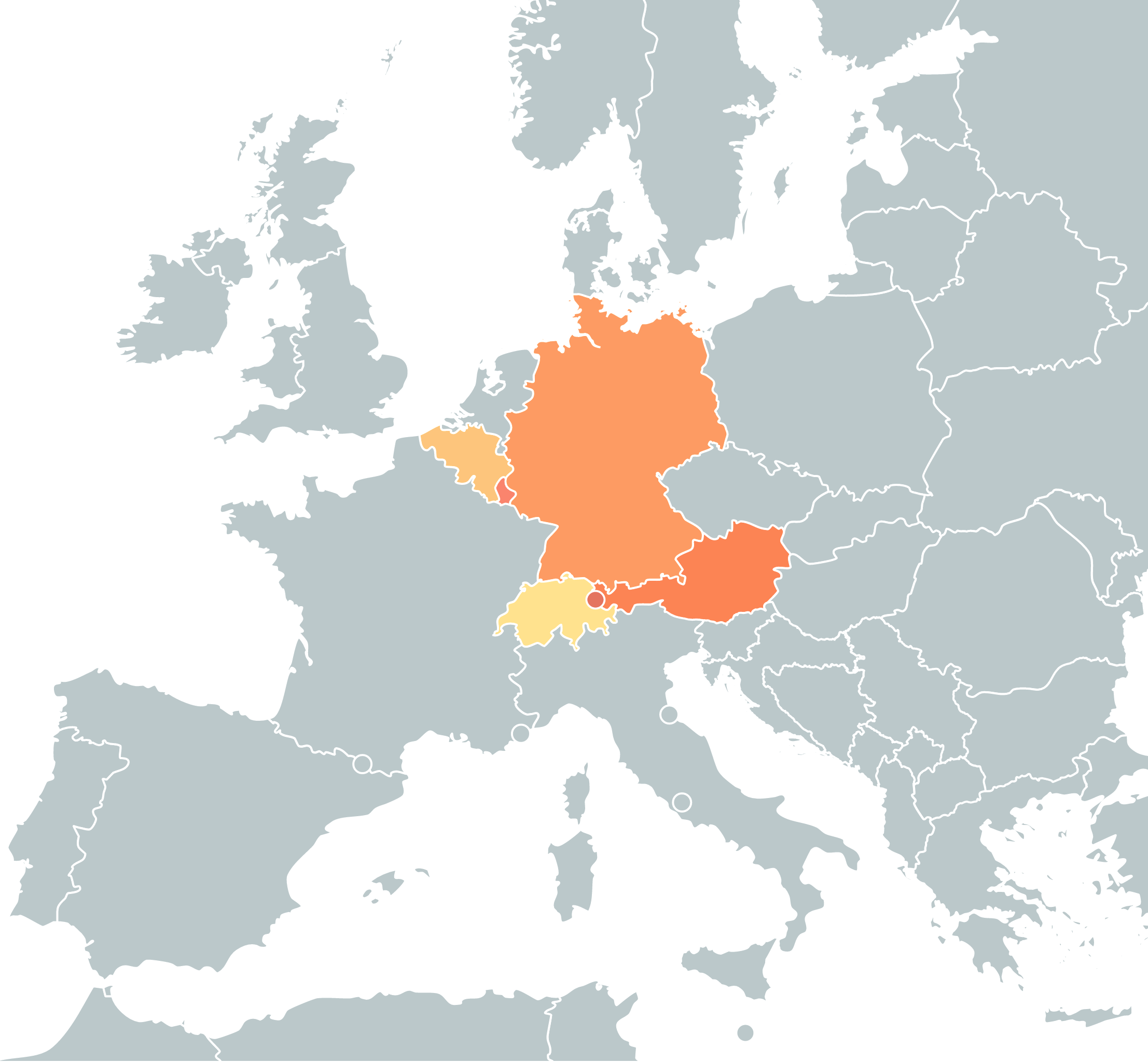|
Dagonodum
''Dagonodum'' is an extinct genus of Ziphiidae, ziphiid cetacean known from Tortonian age marine deposits in the Gram Formation in Denmark. There is only one known species, ''Dagonodum mojnum''. Etymology The genus name is a reference to the god Dagon, worshiped as the head god and as a deity of prosperity in ancient inland Syria (region), Syria, but best known from H.P. Lovecraft's Dagon (short story), short story, where he is instead depicted as deep-sea deity. The species name is a reference to the word for "goodbye" in the local South Jutlandic dialect where the fossils were found. The word, "mojn", is of German language, German origin, where it is used as both a greeting and a farewell. Taxonomy The species is distinguished by its two pairs of mandibular tusks and long snout. It also possessed a long neck, leading to speculation that it wasn't well suited to deep-dives. Feeding The species is notable for its difference from other ziphiidae of the period in that it seems ... [...More Info...] [...Related Items...] OR: [Wikipedia] [Google] [Baidu] |
Gram Formation
The Gram Formation is a geological formation in Gram, Denmark. It preserves fossils dating from the Miocene period. The formation consists of three layers: the glauconite-rich, the Gram Clay, and the Gram sand. The sediments in the formation were deposited in an open marine depositional environment known as the Gram Sea. Fossil content Many fossils of new species have been discovered in the formation, including those of the beaked-whale ''Dagonodum mojnum'' and the mollusk species Pseudocochlespira gramensis, as well as specimens of better-known species such as ''Carcharodon megalodon''. See also * List of fossil sites This list of fossil sites is a worldwide list of localities known well for the presence of fossils. Some entries in this list are notable for a single, unique find, while others are notable for the large number of fossils found there. Many of t ... * Gram Natural History Museum References Geologic formations of Denmark Miocene Series of Europe ... [...More Info...] [...Related Items...] OR: [Wikipedia] [Google] [Baidu] |
Dagon
Dagon ( he, דָּגוֹן, ''Dāgōn'') or Dagan ( sux, 2= dda-gan, ; phn, 𐤃𐤂𐤍, Dāgān) was a god worshipped in ancient Syria across the middle of the Euphrates, with primary temples located in Tuttul and Terqa, though many attestations of his cult come from cities such as Mari and Emar as well. In settlements situated in the upper Euphrates area he was regarded as the "father of gods" similar to Mesopotamian Enlil or Hurrian Kumarbi, as well as a lord of the land, a god of prosperity, and a source of royal legitimacy. A large number of theophoric names, both masculine and feminine, attests that he was a popular deity. He was also worshiped further east, in Mesopotamia, where many rulers regarded him as the god capable of granting them kingship over the western areas. Attestations of Dagan from coastal areas are much less frequent and come mostly from the northern city of Ugarit, where Dagan's cult had a limited scope. According to the Hebrew Bible, Dagan was ... [...More Info...] [...Related Items...] OR: [Wikipedia] [Google] [Baidu] |
Ziphiidae
Beaked whales (systematic name Ziphiidae) are a Family (biology), family of cetaceans noted as being one of the least known groups of mammals because of their deep-sea habitat and apparent low abundance. Only three or four of the 24 species are reasonably well-known. Baird's beaked whales and Cuvier's beaked whales were subject to commercial exploitation, off the coast of Japan, while the northern bottlenose whale was extensively hunted in the northern part of the North Atlantic Ocean, North Atlantic late in the 19th and early 20th centuries. Reports emerged in late 2020 of the possible discovery of a new beaked whale species off the coast of Mexico, the taxonomy of which had not been determined . Physical characteristics Beaked whales are moderate in size, ranging from and weighing from . Their key distinguishing feature is the presence of a 'beak', somewhat similar to many dolphins. Other distinctive features include a pair of converging grooves under the throat, and the abs ... [...More Info...] [...Related Items...] OR: [Wikipedia] [Google] [Baidu] |
Ziphiids
Beaked whales (systematic name Ziphiidae) are a family of cetaceans noted as being one of the least known groups of mammals because of their deep-sea habitat and apparent low abundance. Only three or four of the 24 species are reasonably well-known. Baird's beaked whales and Cuvier's beaked whales were subject to commercial exploitation, off the coast of Japan, while the northern bottlenose whale was extensively hunted in the northern part of the North Atlantic late in the 19th and early 20th centuries. Reports emerged in late 2020 of the possible discovery of a new beaked whale species off the coast of Mexico, the taxonomy of which had not been determined . Physical characteristics Beaked whales are moderate in size, ranging from and weighing from . Their key distinguishing feature is the presence of a 'beak', somewhat similar to many dolphins. Other distinctive features include a pair of converging grooves under the throat, and the absence of a notch in the tail fluke. Alth ... [...More Info...] [...Related Items...] OR: [Wikipedia] [Google] [Baidu] |
Tortonian
The Tortonian is in the geologic time scale an age or stage of the late Miocene that spans the time between 11.608 ± 0.005 Ma and 7.246 ± 0.005 Ma (million years ago). It follows the Serravallian and is followed by the Messinian. The Tortonian roughly overlaps with the regional Pannonian Stage of the Paratethys timescale of Central Europe. It also overlaps the upper Astaracian, Vallesian and lower Turolian European land mammal ages, the upper Clarendonian and lower Hemphillian North American land mammal ages and the upper Chasicoan and lower Huayquerian South American land mammal ages. Definition The Tortonian was introduced by Swiss stratigrapher Karl Mayer-Eymar in 1858. It was named after the Italian city of Tortona in the region Piedmont. The base of the Tortonian Stage is at the last common appearance of calcareous nanoplankton ''Discoaster kugleri'' and planktonic foram '' Globigerinoides subquadratus''. It is also associated with the short normal pol ... [...More Info...] [...Related Items...] OR: [Wikipedia] [Google] [Baidu] |
Syria (region)
Syria ( Hieroglyphic Luwian: 𔒂𔒠 ''Sura/i''; gr, Συρία) or Sham ( ar, ٱلشَّام, ash-Shām) is the name of a historical region located east of the Mediterranean Sea in Western Asia, broadly synonymous with the Levant. Other synonyms are Greater Syria or Syria-Palestine. The region boundaries have changed throughout history. In modern times, the term "Syria" alone is used to refer to the Arab Republic of Syria. The term is originally derived from Assyria, an ancient civilization centered in northern Mesopotamia, modern-day Iraq. During the Hellenistic period, the term Syria was applied to the entire Levant as Coele-Syria. Under Roman rule, the term was used to refer to the province of Syria, later divided into Syria Phoenicia and Coele Syria, and to the province of Syria Palaestina. Under the Byzantines, the provinces of Syria Prima and Syria Secunda emerged out of Coele Syria. After the Muslim conquest of the Levant, the term was superseded by the ... [...More Info...] [...Related Items...] OR: [Wikipedia] [Google] [Baidu] |
Dagon (short Story)
"Dagon" is a short story by American author H. P. Lovecraft. It was written in July 1917 and is one of the first stories that Lovecraft wrote as an adult. It was first published in the November 1919 edition of ''The Vagrant'' (issue #11). ''Dagon'' was later published in ''Weird Tales'' in October 1923. It is considered by many to be one of Lovecraft's most forward-looking stories. Plot The story is the testament of a tortured, morphine-addicted man who relates an incident that occurred during his service as an officer during World War I. In the unnamed narrator's account, his cargo ship is captured by an Imperial German sea-raider in "one of the most open and least frequented parts of the broad Pacific". He escapes on a lifeboat and drifts aimlessly, south of the equator, until he eventually finds himself stranded on "a slimy expanse of hellish black mire which extended about imin monotonous undulations as far as ecould see.... The region was putrid with the carcasses of dec ... [...More Info...] [...Related Items...] OR: [Wikipedia] [Google] [Baidu] |
South Jutlandic
South Jutlandic or South Jutish (South Jutish: ; da, Sønderjysk; german: Südjütisch or Plattdänisch) is a dialect of the Danish language. South Jutlandic is spoken in Southern Jutland (''Sønderjylland''; also called Schleswig or Slesvig) on both sides of the border between Denmark and Germany. Variants of the dialect include Western and Eastern South Jutlandic (including Alsisk). The former variant in Angeln (Danish: ''Angel'') and Schwansen (''Svansø'') was known as Angel Danish. The other dialects classified as belonging to the Jutlandic or Jutish (''Jysk'') group of dialects are West, East, and North Jutlandic. Usage Northern Slesvig Many older people will still speak a distinct South Jutlandic dialect, both in towns and rural areas. Younger people and children are more likely to use a dialect-tinted version of Standard Danish, but everything ranging from relatively pure dialect to Standard Danish can be found. Many are able to switch between both varieti ... [...More Info...] [...Related Items...] OR: [Wikipedia] [Google] [Baidu] |
Mojn
''Moin'', ''moi'' or ''mojn'' is a Low German, Frisian, High German ( or ), Danish () and Kashubian () greeting from East Frisia, Northern Germany, the eastern and northern Netherlands, Southern Jutland in Denmark and parts of Kashubia. It means "hello" and, in some places, " goodbye" as well. Usage ''Moin'' is used at all times of day, not just in the morning (see Etymology section below). The reduplicated form ''moin moin'' is often heard,Plattmaster.deMoinmoin - wat heet dat? Retrieved 2011-05-31. although some authors claim it is regarded by locals as tourists' usage. Etymology Many people think that ''moin'' derives from various regional pronunciations of ("good morning"), which tend to alter, vocalise, or skip ''rg''. However, the word may actually also derive from the Dutch, Frisian, and Low German word , meaning "beautiful" or "good". Similar forms in Low Saxon are , , . Possibly, as is common in etymology, one origin is correct (either from or ) but spread thank ... [...More Info...] [...Related Items...] OR: [Wikipedia] [Google] [Baidu] |
German Language
German ( ) is a West Germanic language mainly spoken in Central Europe. It is the most widely spoken and official or co-official language in Germany, Austria, Switzerland, Liechtenstein, and the Italian province of South Tyrol. It is also a co-official language of Luxembourg and Belgium, as well as a national language in Namibia. Outside Germany, it is also spoken by German communities in France ( Bas-Rhin), Czech Republic (North Bohemia), Poland ( Upper Silesia), Slovakia (Bratislava Region), and Hungary ( Sopron). German is most similar to other languages within the West Germanic language branch, including Afrikaans, Dutch, English, the Frisian languages, Low German, Luxembourgish, Scots, and Yiddish. It also contains close similarities in vocabulary to some languages in the North Germanic group, such as Danish, Norwegian, and Swedish. German is the second most widely spoken Germanic language after English, which is also a West Germanic language. German ... [...More Info...] [...Related Items...] OR: [Wikipedia] [Google] [Baidu] |
Animals Described In 2016
Animals are multicellular, eukaryotic organisms in the biological kingdom Animalia. With few exceptions, animals consume organic material, breathe oxygen, are able to move, can reproduce sexually, and go through an ontogenetic stage in which their body consists of a hollow sphere of cells, the blastula, during embryonic development. Over 1.5 million living animal species have been described—of which around 1 million are insects—but it has been estimated there are over 7 million animal species in total. Animals range in length from to . They have complex interactions with each other and their environments, forming intricate food webs. The scientific study of animals is known as zoology. Most living animal species are in Bilateria, a clade whose members have a bilaterally symmetric body plan. The Bilateria include the protostomes, containing animals such as nematodes, arthropods, flatworms, annelids and molluscs, and the deuterostomes, containing the echinoderms ... [...More Info...] [...Related Items...] OR: [Wikipedia] [Google] [Baidu] |
Prehistoric Cetacean Genera
Prehistory, also known as pre-literary history, is the period of human history between the use of the first stone tools by hominins 3.3 million years ago and the beginning of recorded history with the invention of writing systems. The use of symbols, marks, and images appears very early among humans, but the earliest known writing systems appeared 5000 years ago. It took thousands of years for writing systems to be widely adopted, with writing spreading to almost all cultures by the 19th century. The end of prehistory therefore came at very different times in different places, and the term is less often used in discussing societies where prehistory ended relatively recently. In the early Bronze Age, Sumer in Mesopotamia, the Indus Valley Civilisation, and ancient Egypt were the first civilizations to develop their own scripts and to keep historical records, with their neighbors following. Most other civilizations reached the end of prehistory during the following Iron Ag ... [...More Info...] [...Related Items...] OR: [Wikipedia] [Google] [Baidu] |







